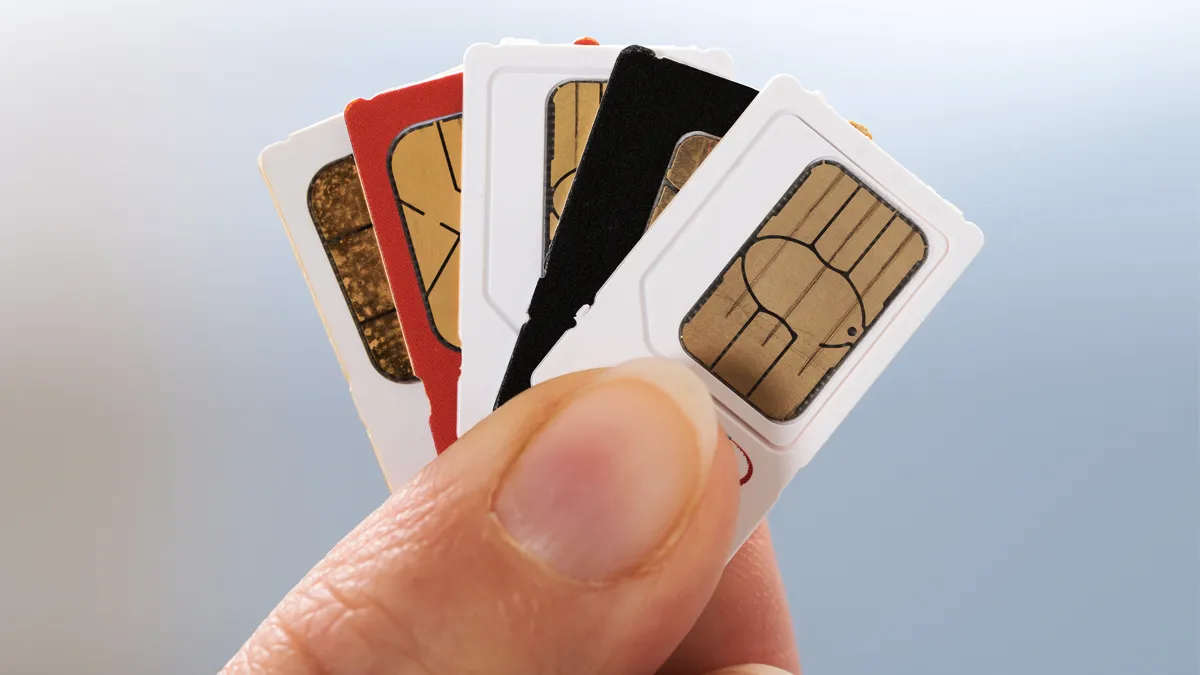Free Courses Sale ends Soon, Get It Now


Free Courses Sale ends Soon, Get It Now



Copyright infringement not intended
Picture Courtesy: www.91mobiles.com
Context: SIM cards serve as digital identification cards for mobile devices, enabling secure access to cellular networks and playing a pivotal role in the global mobile communication ecosystem.
Details
How a SIM Card Works
|
Subscriber Identification |
●Each SIM card is assigned a unique International Mobile Subscriber Identity (IMSI). ●The IMSI is a 15-digit number that uniquely identifies a subscriber on the cellular network. The network needs to know who is using it, and the IMSI serves as this identification. |
|
Authentication Key |
●The SIM card contains a unique authentication key, known as the Ki (Key for Authentication). This key is a piece of data that's used for secure communication between the mobile device and the network. It's crucial to ensure that only authorized users can access the network. |
|
Data Storage |
●In addition to the IMSI and Ki, the SIM card stores other information, including: ○Location Area Identity (LAI): This information helps the network keep track of the subscriber's current location, which is crucial for routing calls and data to the right place. ○Preferred Networks List: When a subscriber roams in a different region or country, this list helps the SIM card choose the best available network to connect to. ○Emergency Numbers: Emergency contact numbers, like 911 in the United States, are stored on the SIM card, allowing users to make emergency calls even without an active service plan. ○Contacts and SMS: Depending on the available space on the SIM card, it can also store a limited number of contacts and SMS messages. |
|
Network Communication |
●When a mobile device initiates communication with the network, such as making a call or sending data, the SIM card plays a crucial role. ●SIM card signs the communication with its unique authentication key (Ki). This signature is used by the network to verify the legitimacy of the connection. If the signature matches, the network allows the communication to proceed, ensuring that only authorized users can access its services. |
Evolution of SIM Cards
|
Advantages of eSIM
|
●Environmentally friendly: eSIMs reduce the need for manufacturing and distributing physical SIM cards, which helps reduce plastic and metal waste. ●Convenience: Users can switch carriers or activate new services by reprogramming the eSIM. There's no need to physically replace a SIM card. ●Enhanced Security: eSIMs are more resistant to duplication and tampering, making them more secure. |
|
Disadvantages of eSIM |
●Digital Literacy: Reprogramming an eSIM may be challenging for some users, particularly those with low digital literacy. They might require assistance to set up or switch carriers. ●Privacy Concerns: In some cases, eSIMs can allow network operators to access more user data. This access could potentially raise privacy concerns, particularly if there are no strong data protection regulations in place. |
Conclusion
|
PRACTICE QUESTION Q. What are the key regulatory and technological developments that have shaped the telecom sector in India in recent years, and how have these changes impacted the accessibility and affordability of telecommunications services for the Indian population? |
© 2024 iasgyan. All right reserved